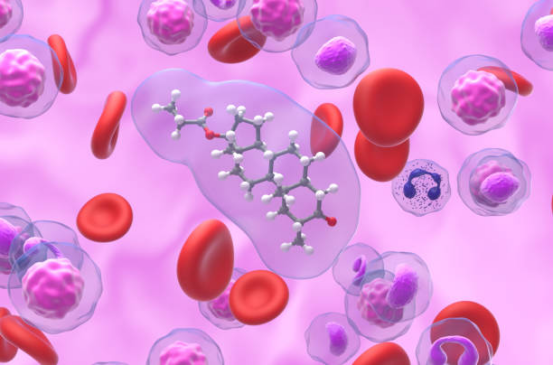Treatment Options for Myelofibrosis: Managing Symptoms and Improving Quality of Life
Myelofibrosis is a rare bone marrow disorder that leads to scarring of the bone marrow and affects the body’s ability to produce healthy blood cells. While there is no known cure, with the right treatment, patients can manage their symptoms and lead relatively normal lives. This article will explore the available treatment options for myelofibrosis and highlight the latest developments in managing this condition.
Myelofibrosis is a rare bone marrow disorder that leads to scarring of the bone marrow and affects the body’s ability to produce healthy blood cells. While there is no known cure, with the right treatment, patients can manage their symptoms and lead relatively normal lives. This article will explore the available treatment options for myelofibrosis and highlight the latest developments in managing this condition.

What is Myelofibrosis?
Myelofibrosis is a chronic condition where abnormal cells in the bone marrow grow uncontrollably, leading to scarring or fibrosis. This scarring impairs the production of blood cells, resulting in symptoms like fatigue, weakness, anemia, and an enlarged spleen. The exact cause of myelofibrosis remains unknown, though genetic mutations or environmental factors, such as exposure to certain chemicals, are believed to play a role.
Diagnosing Myelofibrosis
Myelofibrosis is often difficult to diagnose due to its rare nature and symptoms that overlap with other conditions. If you experience symptoms such as severe fatigue, unexplained weakness, or an enlarged spleen, your doctor may recommend a series of diagnostic tests. These may include a complete blood count (CBC), a bone marrow biopsy, and genetic testing to confirm the presence of myelofibrosis.
Current Treatment Approaches
The main objectives of myelofibrosis treatment are to manage symptoms, reduce complications, and improve quality of life. Treatment options depend on the severity of the disease, the patient’s overall health, and their age.
Medications
A variety of medications are used to manage the symptoms of myelofibrosis, such as anemia, fatigue, and an enlarged spleen. Some common medications include:
- Corticosteroids: To reduce inflammation and manage anemia.
- Chemotherapy: To suppress the growth of abnormal cells in the bone marrow.
- Androgens: To stimulate red blood cell production.
- Immunosuppressive Drugs: To reduce overactive immune responses.
Stem Cell Transplant
For younger patients or those with more advanced stages of myelofibrosis, a stem cell transplant may be an option. This procedure involves replacing the diseased bone marrow with healthy stem cells from a donor. While a stem cell transplant can potentially cure myelofibrosis, it is a complex procedure that carries significant risks and requires careful consideration.
Additional Therapies
- Radiation Therapy: This can be used to shrink the spleen and reduce the symptoms of an enlarged spleen.
- Targeted Drug Therapy: These drugs focus on the abnormal cells causing the fibrosis, helping to slow disease progression and improve blood cell production.
Recent Advances in Myelofibrosis Treatment
Exciting developments are underway in the treatment of myelofibrosis. Some of the most promising therapies include:
- Janus Kinase (JAK) Inhibitors: These medications block enzymes that promote the growth of abnormal cells in the bone marrow, helping to reduce symptoms and slow disease progression.
- Interferon Therapy: This treatment works by stimulating the immune system to target and destroy abnormal cells in the bone marrow.
- Hedgehog Pathway Inhibitors: These drugs interfere with the signals that promote fibrosis in the bone marrow, potentially slowing the disease's progression.
Clinical Trials: A Path to New Treatment Options
For patients with myelofibrosis, participating in clinical trials may offer access to cutting-edge treatments that are still in development. These trials test new drugs and therapies, providing an opportunity for patients to benefit from innovative treatments. If you are interested in clinical trials, consult your healthcare provider to discuss eligibility and the potential risks and benefits.
Conclusion
Although myelofibrosis is a rare and serious condition, advancements in treatment are making it more manageable. Through medications, stem cell transplants, and targeted therapies, patients can control symptoms and improve their quality of life. It is important for those diagnosed with myelofibrosis to work closely with their healthcare team to determine the most appropriate treatment plan tailored to their specific needs. Additionally, participating in clinical trials could offer access to the latest therapies and contribute to the ongoing development of more effective treatments.